Reșița City Hall has big plans for one of Reșița’s emblematic buildings: the Pittner School, now a ruin. The building is important both historically and from an architectural perspective.
Located on Furnalelor Street in the Muncitoresc neighborhood, the building, built in the 19th century, was the home of the family of teacher August Pittner, who partially transformed it into a civil primary school. Here they learned for generations of residents of Resita, until the nationalization made by the Communists in 1948, when the building became the property of the state. Over time, families representing social cases have lived in the former school, and in the 1990s, the building, which is on the national list of heritage monuments, has steadily deteriorated. Part of the roof has collapsed, the walls are falling too and nothing reminds me of the beauty of the only building with a sundial in Resita.
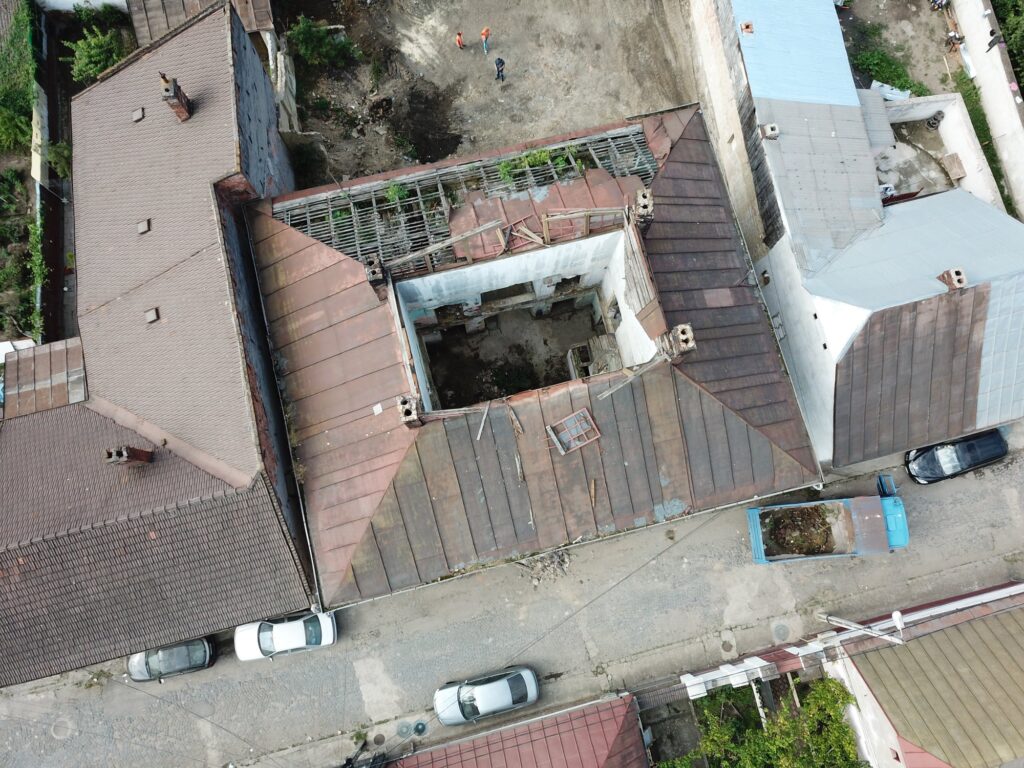
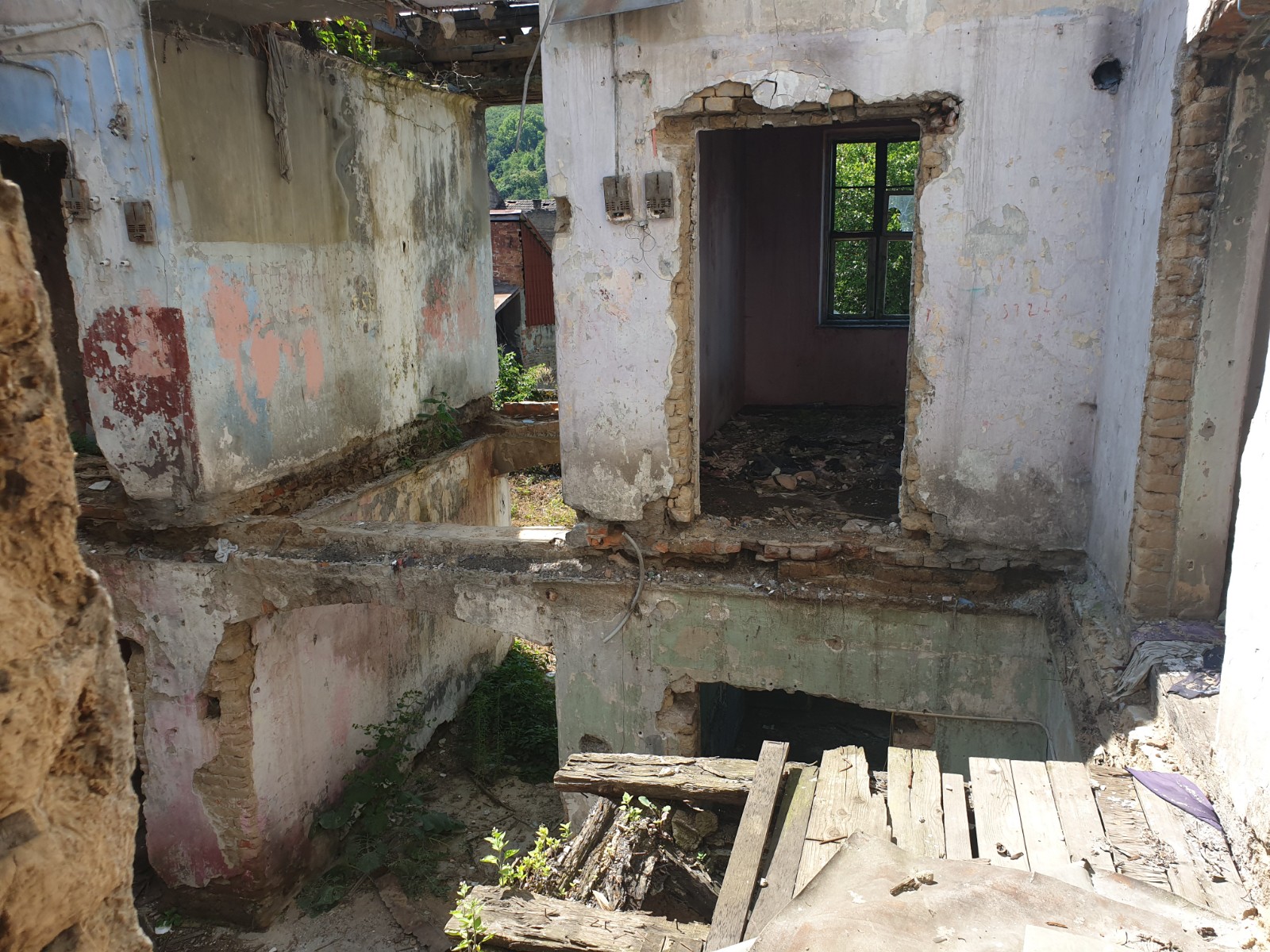
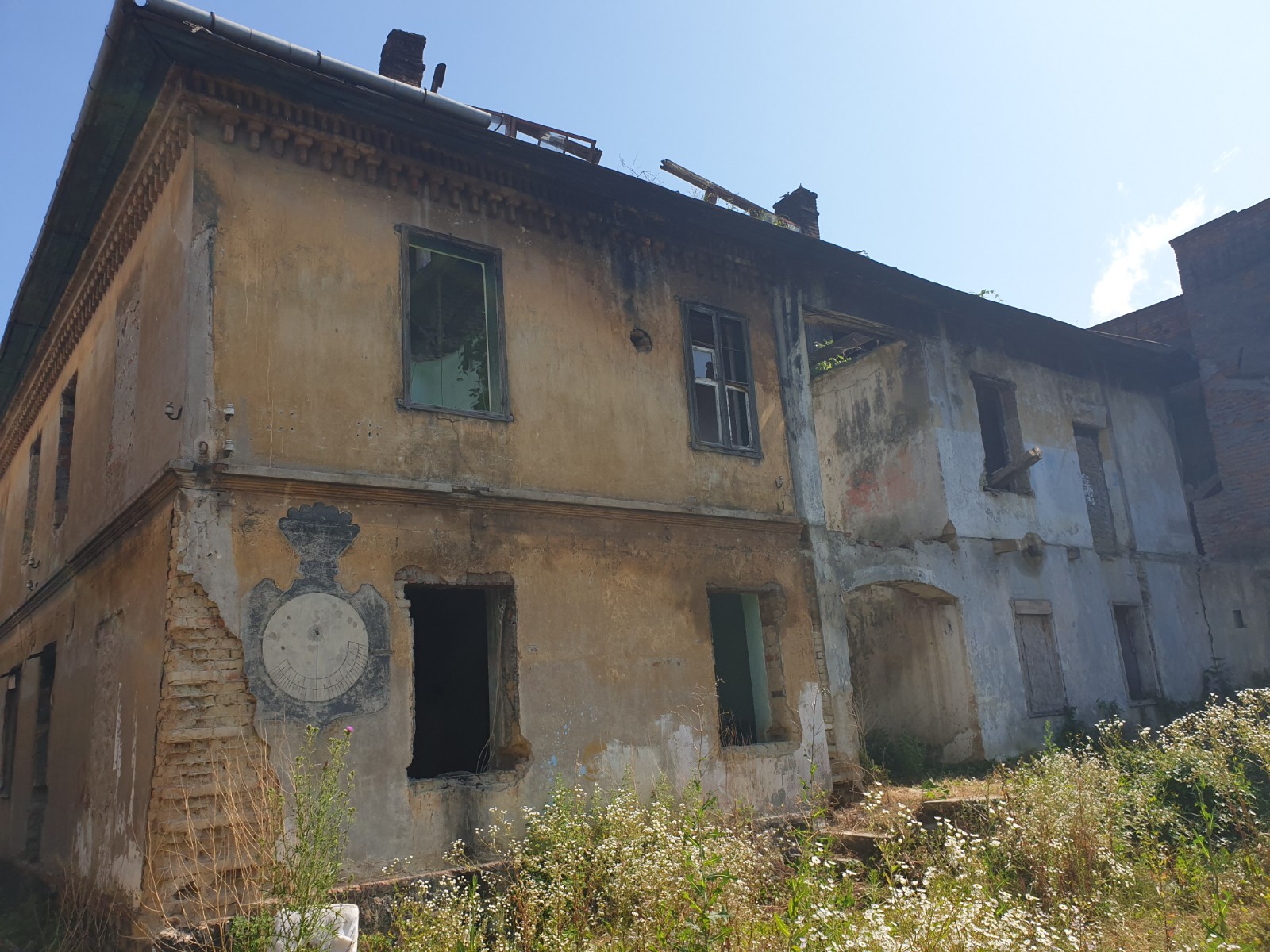
Now, at twelve o’clock, the authorities and civil society are trying to recover this important part of the city’s history and integrate it into a modern cultural circuit. Resita City Hall, the Euroland Banat Association and an organization from Iceland have submitted a grant application in a call for projects aimed at restoring and revitalizing historical monuments, carried out through the RO-CULTURE Program. It is funded by grants from the European Economic Area, which consists of the Member States of the European Union and three of the Member States of the European Free Trade Association, Norway, Liechtenstein and Iceland (donor states).
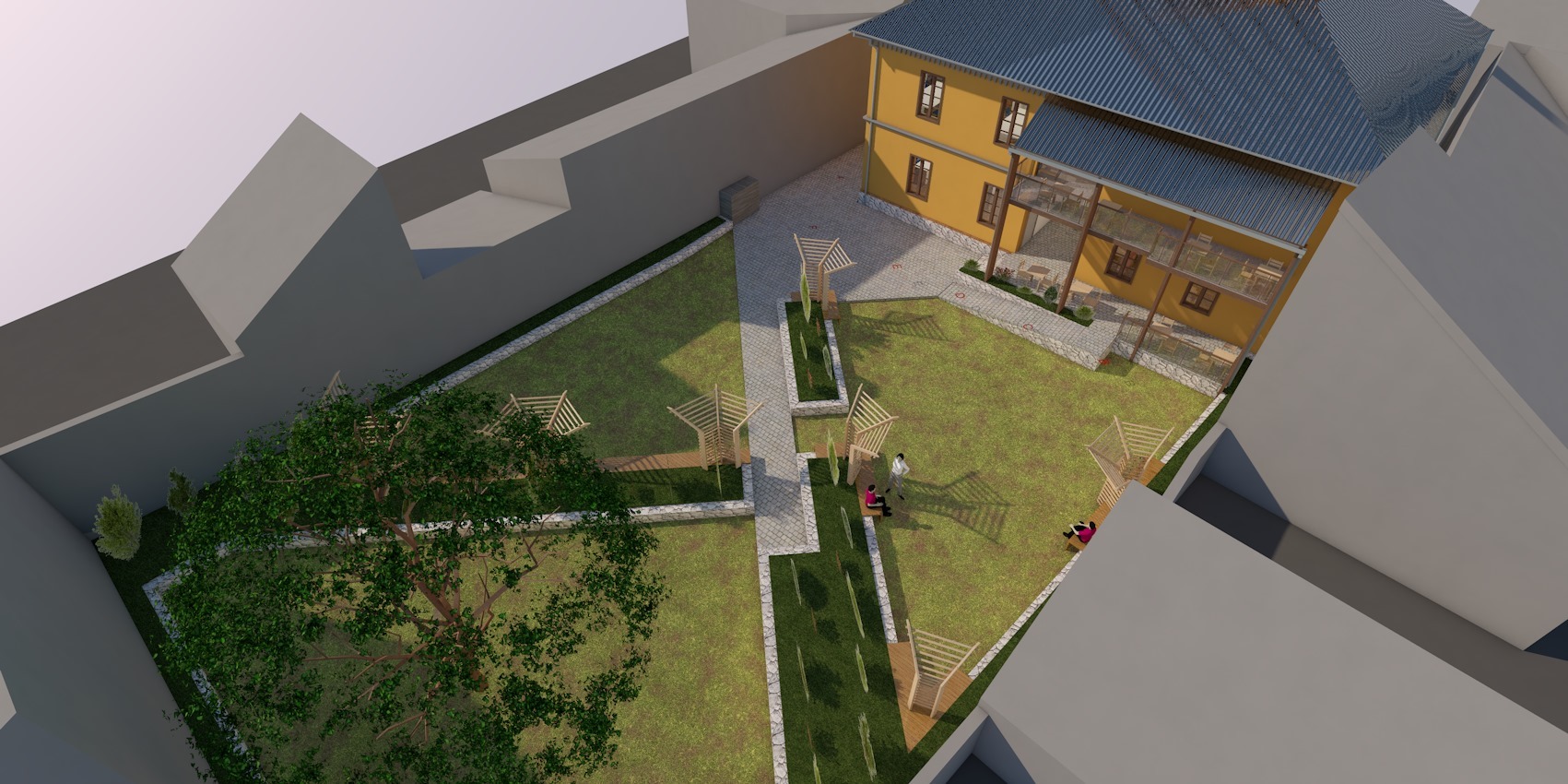
The project, partnered with an Icelandic organization, aims to enhance the Pittner School by transforming it into an exhibition and event center, with exhibition halls, showrooms, offices and creative painting, craft, restoration or literature workshops. The building will be consolidated, restored and completely rehabilitated, with the preservation of the architectural elements that define it: the inner courtyard, the skylight, the sundial clock. The value of the investments planned to be made is approximately two million euros, this being, moreover, the maximum amount that can be granted for a project of restoration and revitalization of historical monuments, within the RO-CULTURE Program.
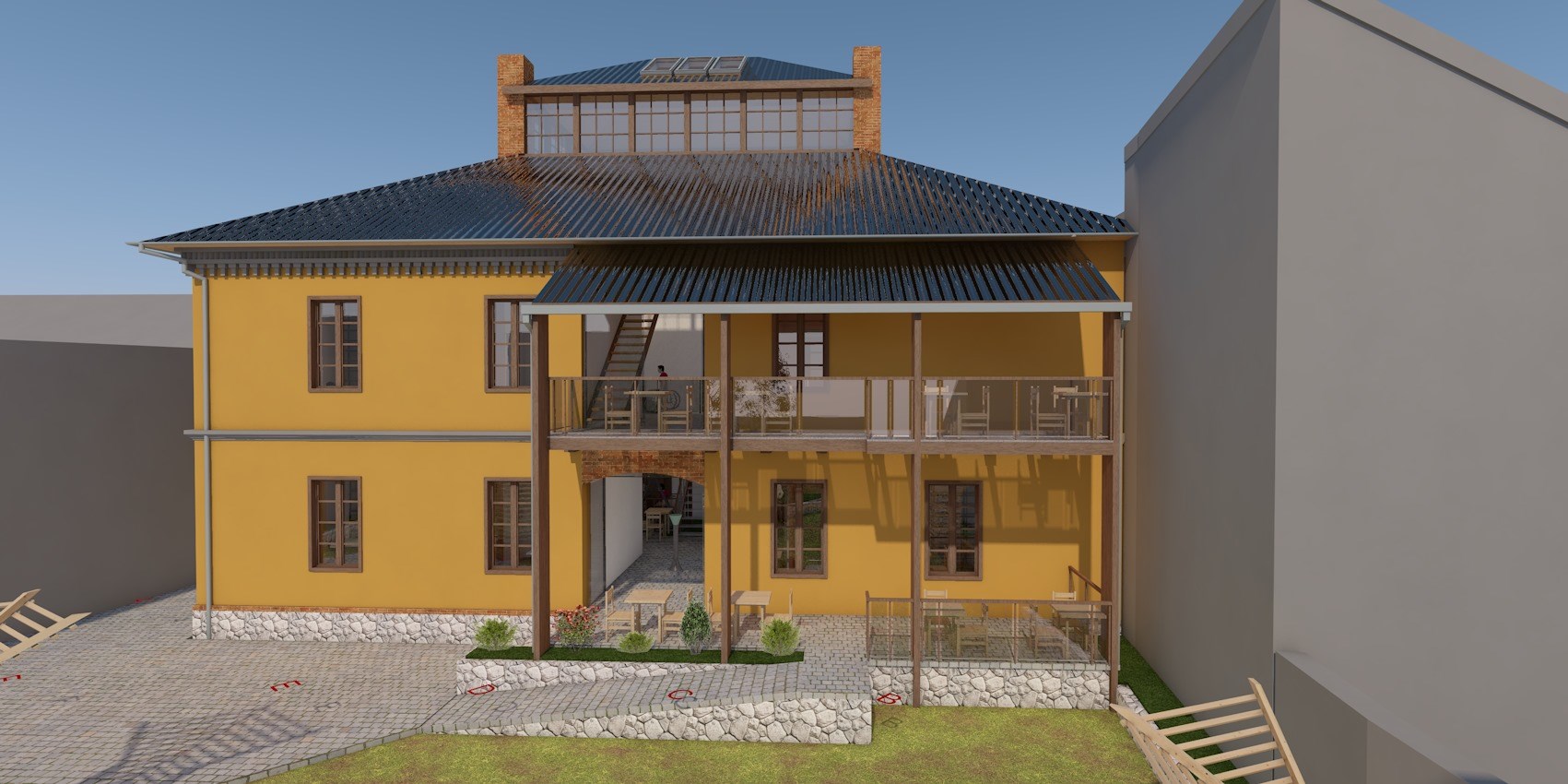
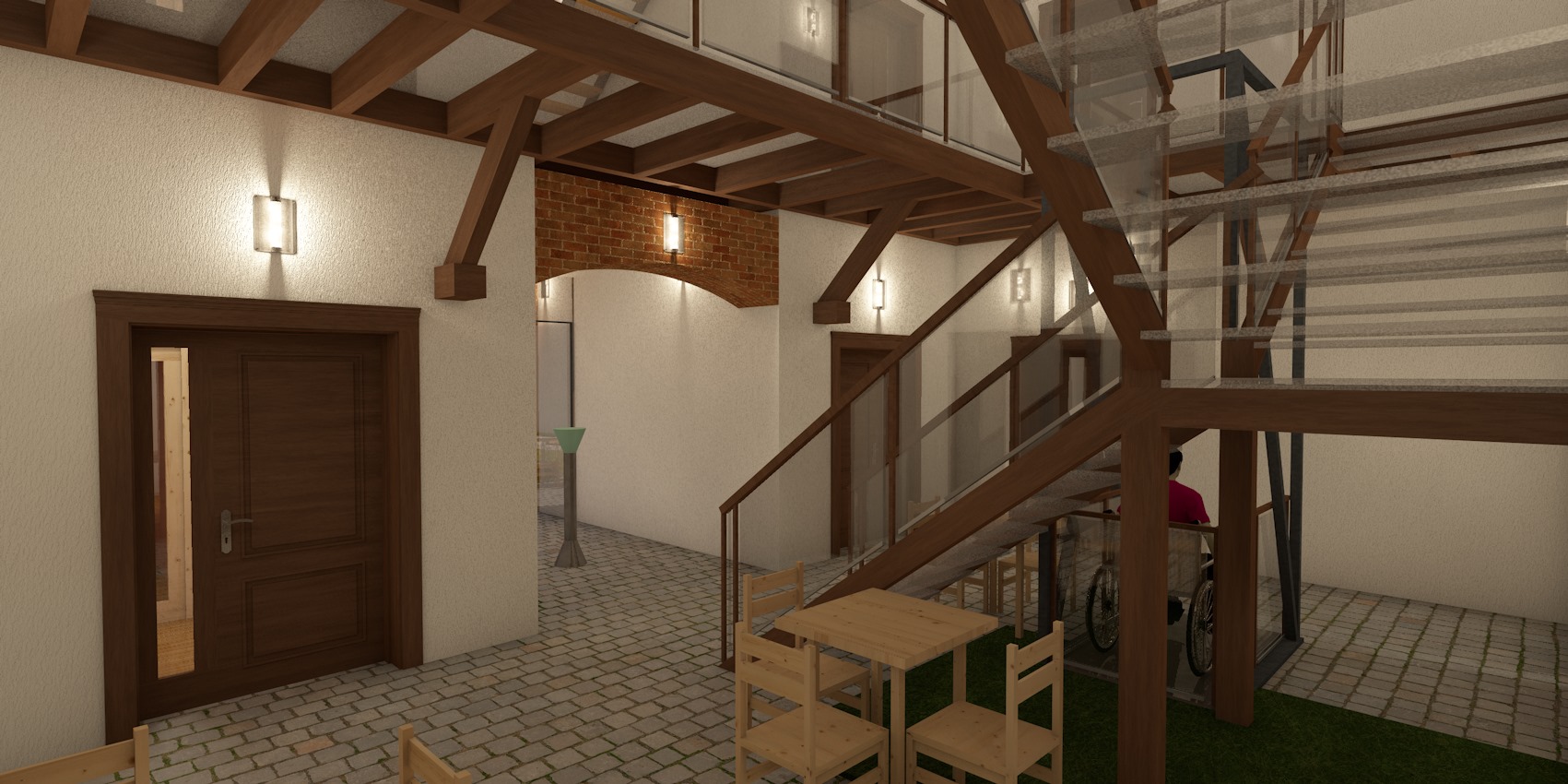
The total budget allocated to the call for projects is 16 million euros. At national level, funding applications have been submitted for 27 projects, worth over 58 million euros. Only eight of them will be selected after the evaluation stages, and the list will be made public in the first half of this year. In competition with the Pittner School are, among others, the Elisabeta Villa in Băile Herculane or the Sarmisegetusa Regia archeological site in Hunedoara County.
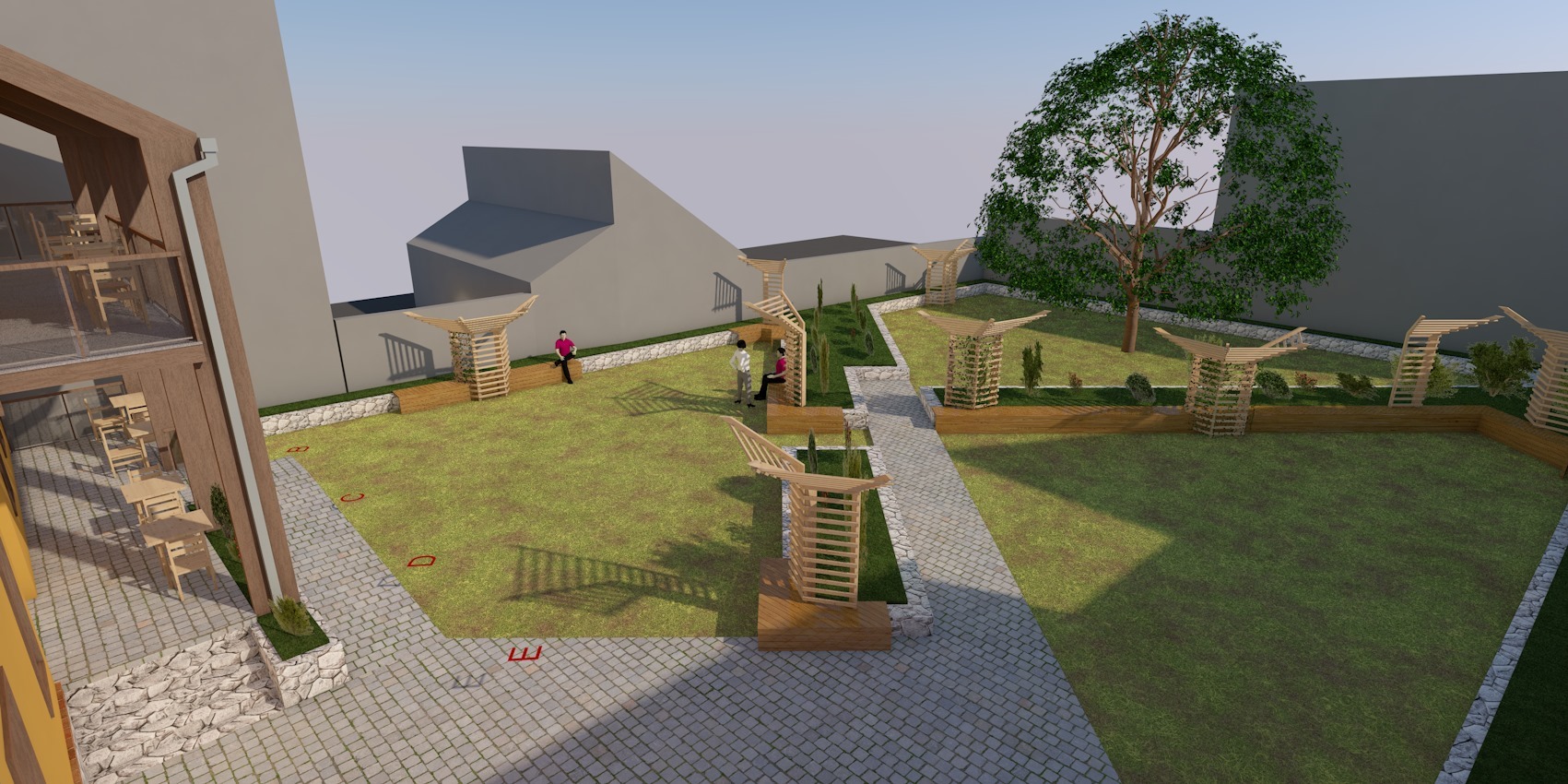
Photo source: MZR-tecture.
Source: resita.ro